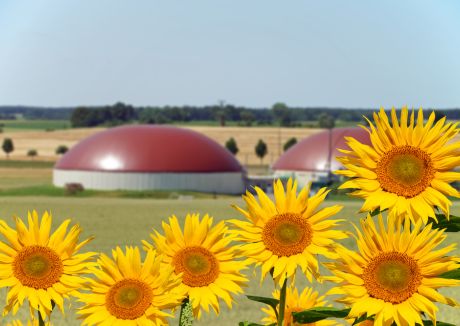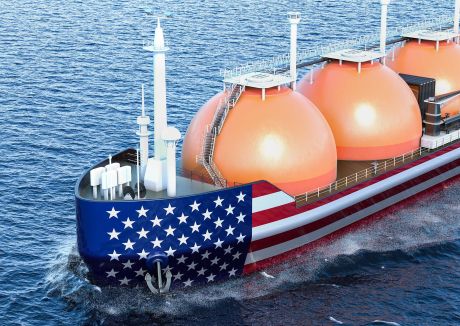On 30 November we were pleased to have the opportunity of participating in a panel discussion on the subject “Making LNG Projects Happen: How is the industry innovating?” The event was the CWC LNG Summit 2017 in Lisbon.
Our context for the discussion was that technology has significantly overshadowed commercial innovation in regard to liquefaction projects. A straw poll of a cross-section of the industry in recent months revealed a consciousness of only two truly disruptive commercial innovations in the past 15 years: the move to portfolio optimisation by BG Group in late 2’000s and the more recent development of the infrastructure-only business model by Cheniere in the past 5 years. Whilst recognising that every LNG project is different, the commercial evolutions they have involved were regarded as more incremental.
A recent innovation, which we observe to have gone less noticed, is the emergence of a new model for the early development financing of liquefaction projects. Particularly in the case of potential “second wave” US LNG projects, the funding of pre-FID development – including technical and regulatory permitting work – has had to be supported by risk capital particularly from private equity and family offices. Even where projects are backed by the more traditional IOC and NOC community, projects are being developed by management teams under rationed seed-capital structures, where the backers will decide on future commitments to proceed within a “make or buy” framework.
In both cases, potential projects are now being exposed to a strong Darwinian challenge within which only the fittest will survive as the 500 mtpa of potential new liquefaction capacity chases the expected150 mtpa of demand growth over the next decade to 2030.
This change in how projects get through early development requires new management skills and experience within the development team. As some of the early risk-financiers realise the time delay and more limited success rate of projects, the raising of funds is becoming more challenging. New due-diligence focus is starting to be applied by potential investors: this early stage commercial diligence is significantly different to the more rigorous project financing diligence that has become habitual at FID.
“Lowest cost” has become the mantra on the technical design and construction front for these projects, battling the trade-off between cost efficiency (generally associated with scale economies) and the smaller scale of projects in order to match the more modest volumes in which SPAs are being contracted.
Market liberalisation is also emerging as a challenge to the traditional oil, and more recent HH indexation of LNG. The pricing of pipeline gas has already been rapidly transformed to a hub-basis in Europe, with end-market buyers no longer able to sustain the price risk from oil indexation. It seems not to be a question of “if” but “when” there will come a similar tipping point for LNG as the large sink markets of Japan and Korea liberalise.
Will the winners in the race for liquefaction project marketing and FIDs be influenced by innovations in pricing structures that anticipate and provide for the conversion to an end-market hub index? Will this be contractually committed based on a particular level of depth and liquidity being established and confirmed?
How will this be enabled by the resource holders that sit upstream of liquefaction plants? Will this be more easily accommodated by traditional project structures where end-market hub is substituted for oil indexes? What is the likelihood that this could be achieved in the disaggregated US Gulf liquefaction model?
Potentially this may result in the segmentation of the end-market between projects that are more attractive to liberalised and liberalising markets because of their capacity to take end-market netback pricing. On the other hand those projects that are unable to do so become attractive mainly to those continuing to operate in non-contestable markets, with the risk that the provisioning for such price indexation changes in the future might in any case be sought.
An alternative would seem to be that without these changes in the price indexation offered by projects, it will be the intermediating aggregator traders that will be the kingmakers and extractors of the greatest rent from the value chain.
With market liberalisation in major LNG markets now a confirmed commitment, commercial innovation may be about to become a lot more interesting in determining what LNG projects happen and when.
If you would like more information about how Gas Strategies can help your business with Consulting services across the value chain or provide industry insight with regular news, features and analysis through Information Services or help with people development through Training services, please contact us directly.









